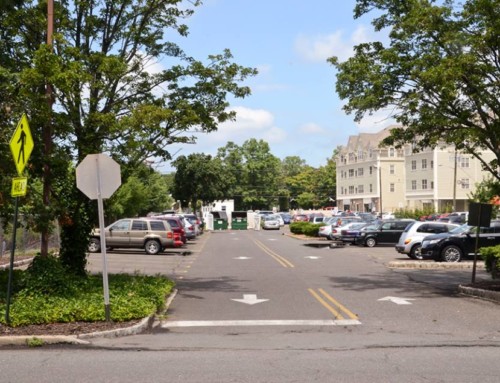The largest Atlantic storm on record, Hurricane Sandy, hit the northeastern United States on October 29th, 2012, making landfall near Atlantic City, NJ, bringing hurricane force winds and coastal surges that devastated shore communities from North Carolina to New England. The storm was actually a combination of two systems, Hurricane Sandy and a classic Nor’easter. New Jersey and New York suffered the worst damage and casualties. In the US, at least 110 people were killed and thousands lost homes and possessions.
In Fanwood, there were no storm-related casualties. However, downed trees damaged a number of homes and power was out for the entire town in the beginning. Restoration for most people occured within five to seven days with several streets and individual homes not back for thirteen days. Lines at gas stations persisted for several days afterwards.
The Borough of Fanwood, through an emergency management team consisting of Mayor Colleen Mahr, Police Chief Richard Trigo, Fire Chief John Piccola, Rescue Squad Captain Tom Kranz, Public Works Director Clint Dicksen, Emergency Management Coordinator Howard Drewes, Borough Clerk Eleanor McGovernor, Council Liasion Kathy Mitchell and Adminstrative Assistant Dianne Howarth met on an ongoing basis to manage the effects of the storm and figure out how to communicate with residents in a town with no power, internet, television or cell phone service. The Borough Hall was staffed throughout the storm, including weekends. Numerous volunteers assisted with answering phones and delivering flyers. The Borough continued daily information updates utilizing its website (for those with internet access), email subscribers (for those with cellphone access), Union County First Alert texts and reverse 911 calls to Fanwood homes. On three occasions, flyers with the latest information were delivered door to door.
The Fanwood Memorial Library and Fanwood Rescue Squad, both of which have natural gas-powered generators, became hubs of social activity, warming, device charging and communications. Chelsea Senior Living also became a warming station.
PSE&G faced what was arguably its greatest challenge ever, in terms of the number of damaged lines and infrastructure. Extensive damage to a switching station at Sewaren, Woodbridge Township, contributed to the delay in restoring power to everyone. Power was restored to a few homes after the first day. Many more homes had power restored after about five days. Several streets and some individual homes went thirteen days without electricity.






